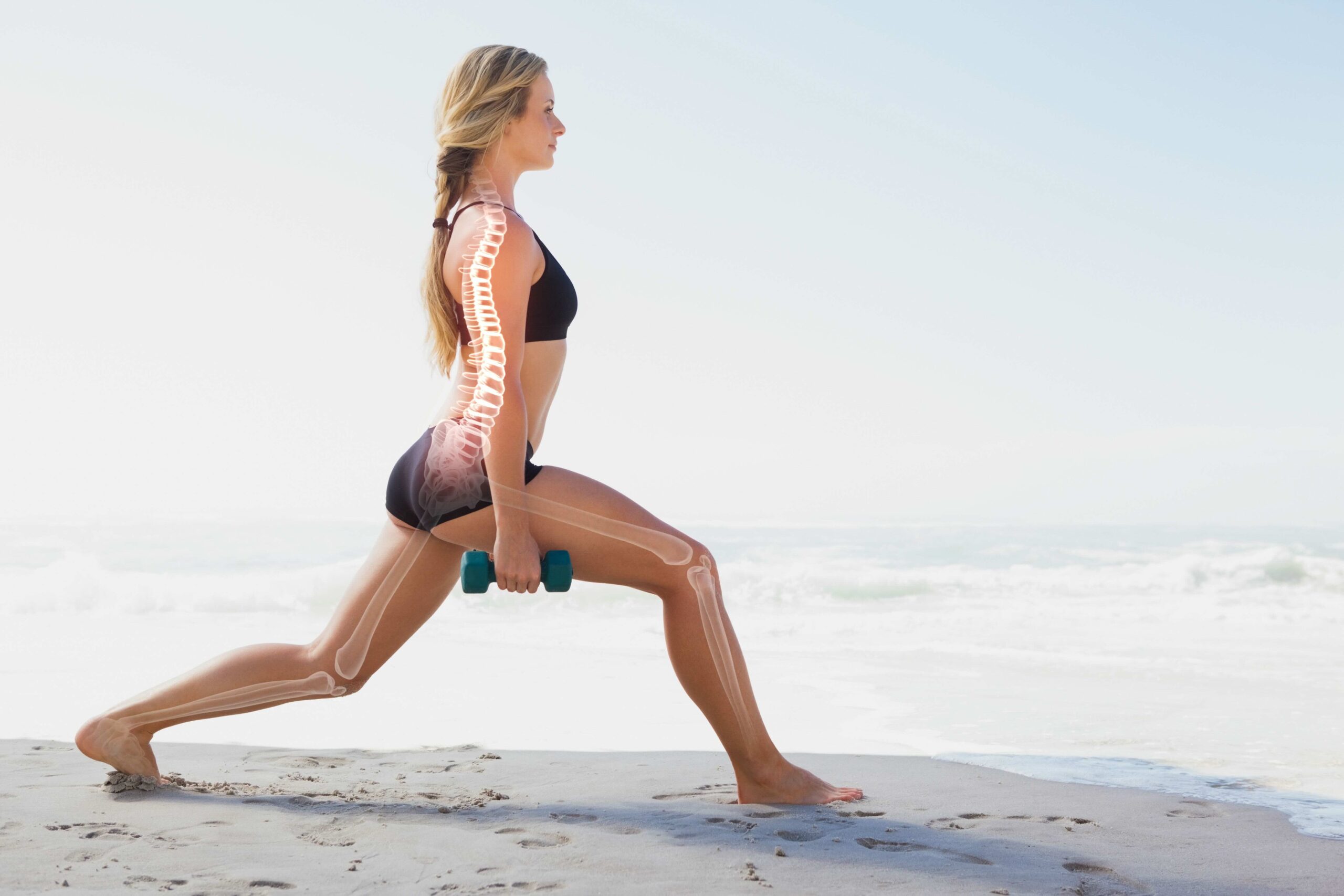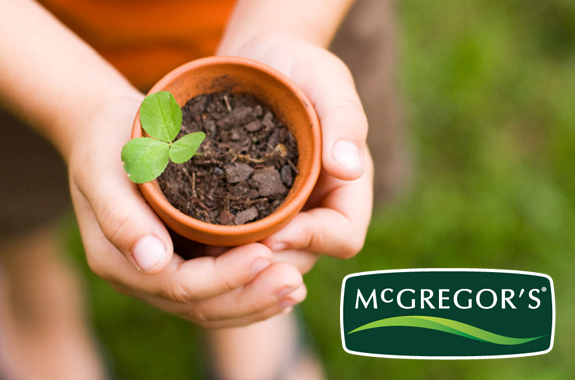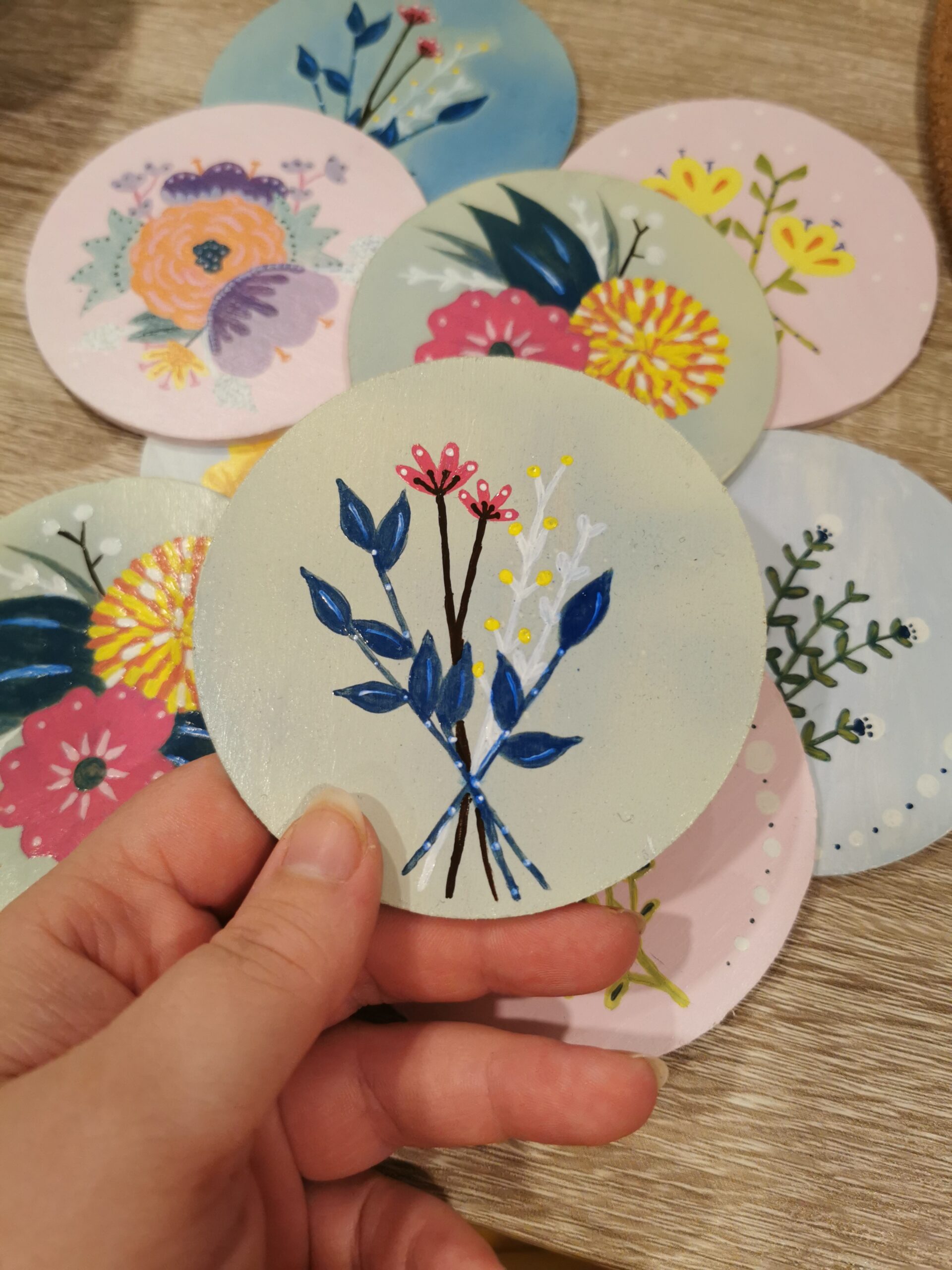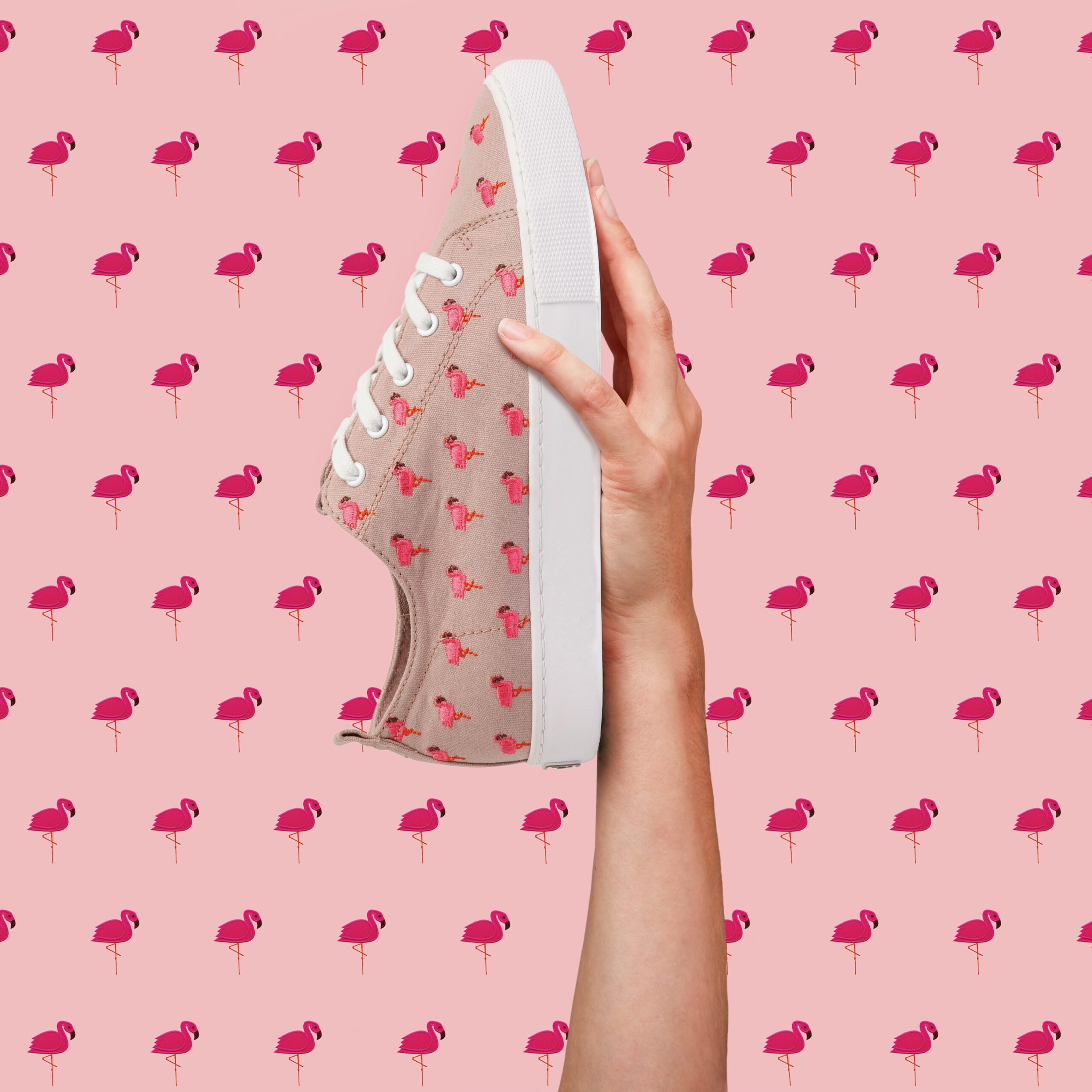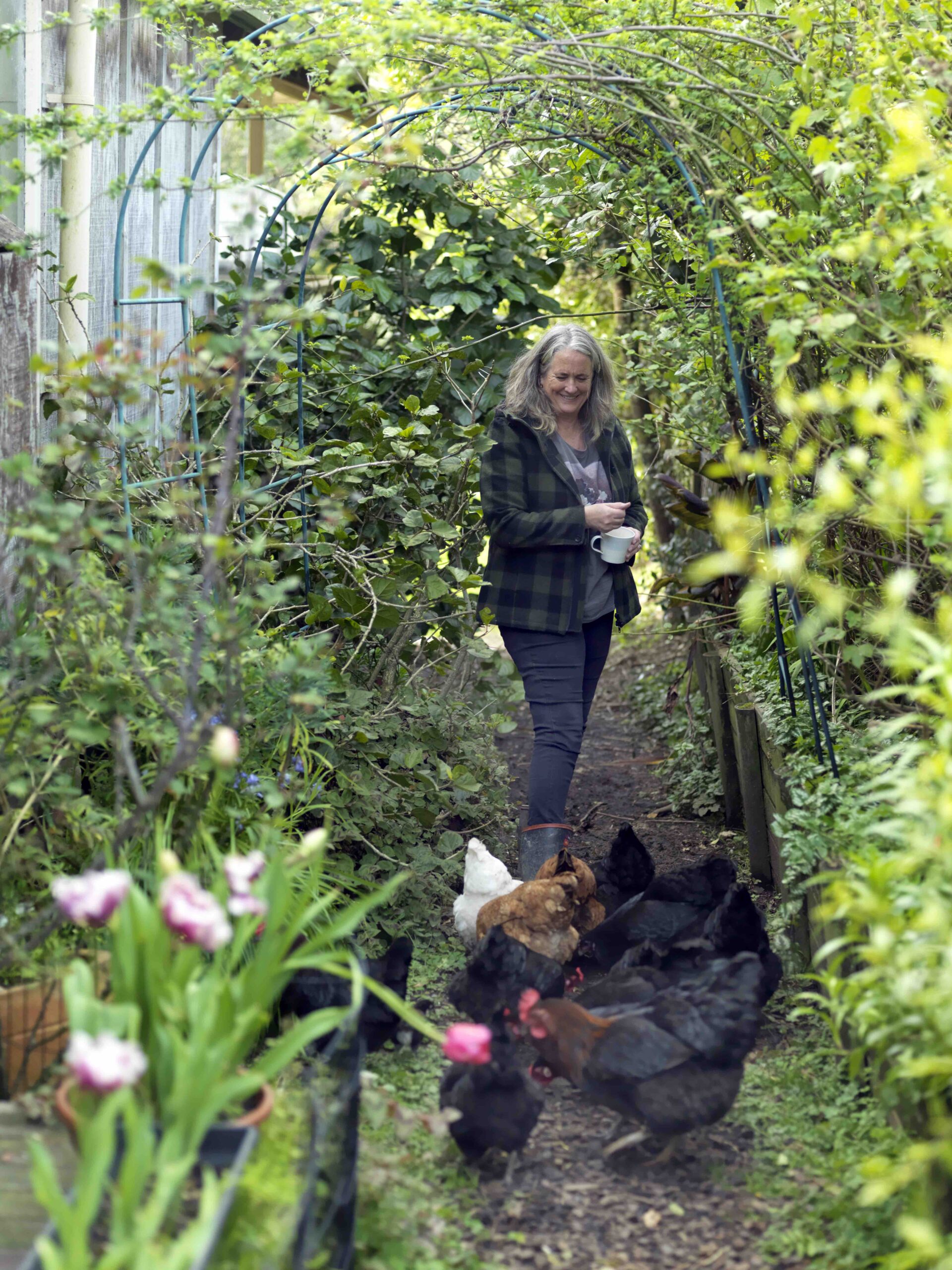Bones are the frame for our bodies, and healthy bone density is crucial for our health as we reach mid-life and beyond.
Of all the things going on in our bodies as women, our bones are something that are easy to overlook. Until, that is, something happens that forces us to pay attention to them; something like a break or a fracture. Shocking fact: it’s estimated this is going to happened to one in three women over 50.
Tragically, fracture begets fracture, and this can lead to terrible outcomes. Older people who suffer a hip break, in particular – usually due to osteoporosis – tend to have a big decline in health, and one in three will die within 12 months of suffering that hip fracture.
So: looking after our bones not only keeps us moving, it helps us live longer. If we don’t want to be one of those fracture statistics, we need to be paying attention to our bone health now, however old we are. Bones are part of a bigger strength picture, and there’s lots we can do to get and stay strong, and protect our bones along the way.
What’s going on in midlife bones?
Bone is active tissue; always breaking down and building up again. In general, though, we build bone from the time we’re born, with a major period of bone building going on in our teenage years and early 20s. We reach peak bone density around our mid-30s, and after that our bone density starts to decline. That happens in all genders.
For women, though, it’s a bit more complicated. That’s because of our hormones. Our reproductive hormones – especially oestrogen – protect our bones throughout our lives, until we hit menopause. After that, we lose bone at an accelerated rate as we lose that protective effect. It’s why women have a higher risk of osteoporosis.
About then is when some of our life choices might come back to haunt us: if we haven’t built great bone density throughout our younger lives through food and exercise, we could find our bones more prone to weakness in older age. And if we’ve dieted on and off for years, our bones could be at an even greater risk. Research has found that weight loss and weight-cycling – in other words gaining and losing and gaining weight – throughout adulthood and older age increases hip fracture risk. Losing as little as five per cent of your body weight increases fracture risk in postmenopausal women, especially in those who are in the ‘normal’ weight range. Yet another good reason not to diet!
Our joints, too, are affected by the double-whammy of ageing and hormonal change. Losing bone density can weaken the joints and make them more susceptible to fractures and injuries. And the ligaments and tendons that connect our bones and muscles around the joints also tend to lose elasticity and become less flexible over time, which can affect joint stability and increase our risk of injury. And age-related muscle loss can also affect the joints, making them less stable.
Eek! What can I do about it?
First, don’t panic. There’s a lot we can do, lifestyle-wise, to boost our bone health, and it’s never too late to start. If you’re yet to hit perimenopause – the years of hormonal turbulence leading up to menopause, which can start as early as your late 30s – now’s the time to act so you’re in the best possible position when you get there, and you won’t become a sedentary and weak old lady.
Move it or lose it
Bone-building movement is key when we’re heading towards midlife. There are a few different types of exercise to think about.
We need weight-bearing exercise, where there’s some impact going through the limbs, like walking or running or dancing or climbing stairs, anything where you’re carrying your own weight against gravity. Any activity that puts some controlled stress through the bone tends to stimulate the bone to build more, in much the same way as exercise works on muscle: it makes the bones stronger. Like muscle, bone is living tissue; and when you stimulate it, it adapts by building more bone and becoming denser. This seems to be site-specific; in other words, you’ll build density in your ankles, knees and hips from walking or running, and in your wrists and shoulders with weight-bearing exercises like push-ups and planks.
We also need what’s known as plyometric training, which takes that a step further. It’s jumping or skipping or moving in a more explosive way; higher impact, in other words. This might mean things like jump squats or box jumps, but any type of jumping is good, even if it’s just up or down a staircase or a kerb.
And last but far from least: strength training. This means lifting, pushing, pulling or pressing weight; ideally quite heavy weight (time to ditch those little pink dumbbells!). Strength training is super important for midlife women, because it not only helps support the bones with strong muscles, but also actually stimulates bone to build and regenerate. There’s extra bonus good news, too: growing evidence shows strength training is great for the heart and the brain, protecting us from heart disease and dementia.
Move those muscles
Muscle and bones are connected – literally and health-wise. Muscle has been called the organ of longevity, because there’s more and more evidence pointing to the fact that the more lean mass (muscle) we have, the healthier we are and the longer we are likely to live. It makes sense, when you think about it; who doesn’t want to be able to move around, get up off the ground, climb on to a bike or dance a salsa at their 90th birthday party?
Ageing doesn’t help our muscles, though. Alongside bone loss, as we age we get a gradual decline in muscle mass. There’s a combination of factors at play here, including reduced protein synthesis – which means we become less able to use the protein we eat to build and maintain our muscle – and a decline in physical activity which often creeps up on us as we get older. If we don’t use our muscle, we lose it.
This happens for all genders, but for women, again, there are hormones in the mix that ramp this up. There’s evidence that muscle loss is accelerated for women through the menopause transition, and that’s again thought to be from the decline in our oestrogen, since there are oestrogen receptors in muscles, as well. There’s a crucial period of time at the end of perimenopause where muscle loss speeds up, especially if we’re not using those muscles very much.
Strength training is key here. If you’re used to doing a ton of cardio, switching out a couple of runs or classes a week for short but intense weight sessions could make a huge difference. If in doubt, go heavy (with the proviso of some expert supervision if you’re a beginner).
Exercise trainer and founder of the Sexy Ageing fitness app, Tracy Minnoch-Nuku, says she has changed her whole outlook on exercise in recent years, and now focuses hugely on helping her clients get stronger, not smaller.
“People are always quite obsessed about what they should be eating,” she notes.
“And I say: have you thought that you’re actually going to last another 40 years maybe, if you’re lucky? And that you actually need to be able to stand up, walk around and do stuff? And thinking about the next diet is just not going to help. It’s better if you think about every time you lift a weight, that you are laying down bone density.
“My whole mindset has shifted in the last year. I genuinely, wholeheartedly am thinking about my future… having that visualisation that every single weight training I do is making my bones stronger.”
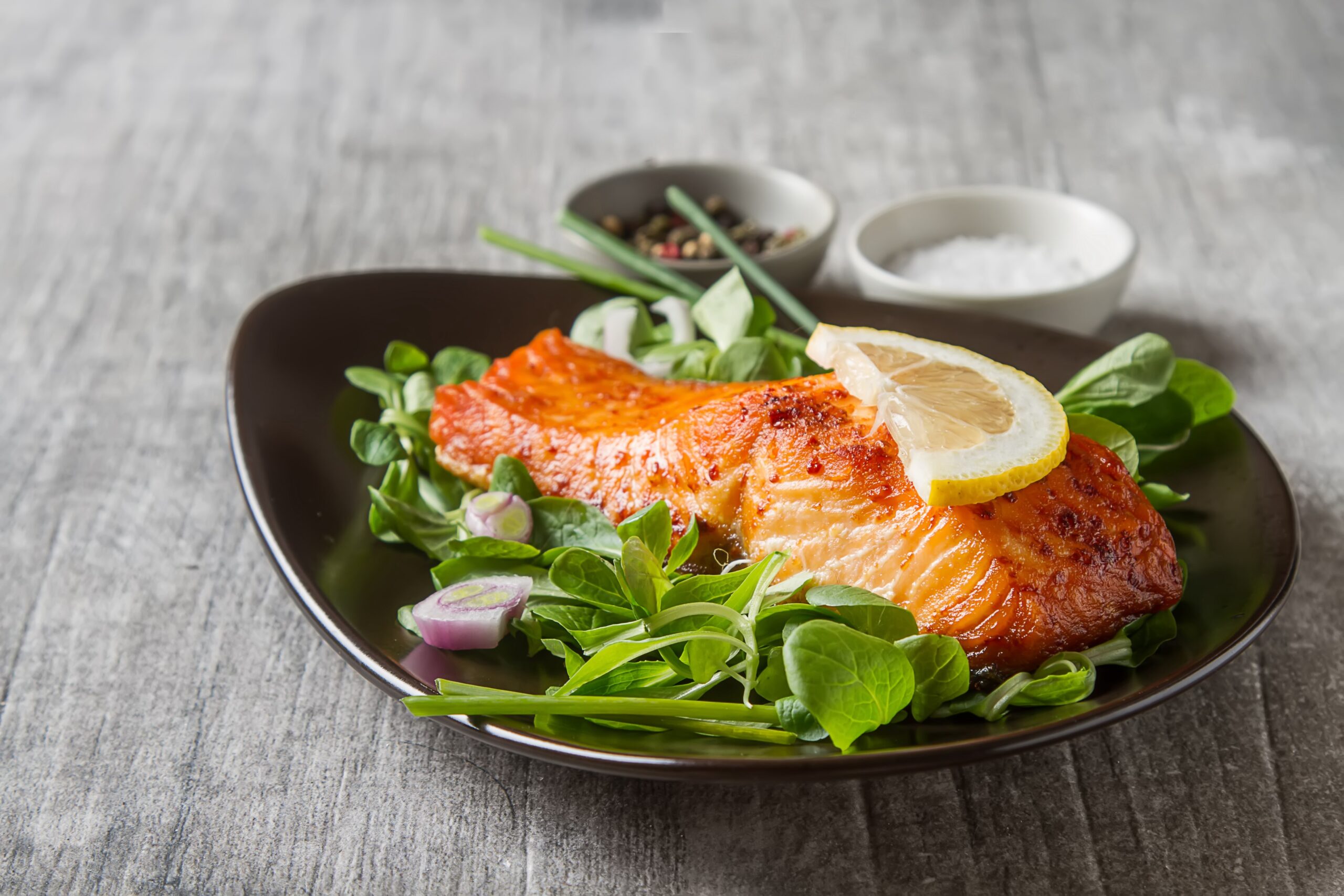
Food for the bones
We can nourish our bones with how and what we eat. And there are a few pieces to this puzzle.
We probably know about calcium for bone health. This mineral is essential – and we need to keep our intake up, the older we get. We also need vitamins D and K. Dairy products are the all-stars here, if your body tolerates them: milk, yoghurt and cheese are a really efficient way to get calcium in particular.
If dairy is not your thing, there are other ways to get what our bones need – but you’ll need to put some focus on this. Try stacking up your diet with a combination of these foods:
Fortified foods:
There are plenty of plant-based milks, cereals and other foods that have calcium and vitamin D added, and these can be really useful substitutes for dairy foods.
Nuts and seeds:
Are a good source of calcium; especially almonds, which have about 100 milligrams in ¼ cup.
Beans and legumes:
Have small but useful amounts of calcium. A bonus, on top of their other great features.
Tofu and tempeh:
Are useful sources of calcium on top of the protein they contain.
Sardines:
Are a bit unfashionable, but they’re tasty. And they have some pretty useful calcium, vitamin D and omega-3. So do other canned fish where you eat the bones. If you eat fish, add these into your week.
Leafy greens:
Spinach, kale, silverbeet, bok choy, etc. Contain calcium, magnesium and vitamin K, which helps with calcium absorption.
Salmon:
And other oily fish are sources of vitamin D and omega-3 fatty acids, which help enhance calcium absorption and support bone health.
Protien:
Another important nutrient is protein. It’s crucial for building muscle and bone, and as we get older, we become a bit less efficient at using the protein we’re eating. Again, for women this is accelerated by that hormonal change. So, we might need to consume a bit more protein than we’re used to, to give ourselves the best chance of making the most of it. Current advice suggests aiming for around 1.6 grams of protein per kilo of body weight – or more – is a good goal.
In recent research, it’s been found that higher protein intakes are useful for bone health, especially as we age, since keeping our bones strong and dense is highly dependent on also maintaining our muscle, which is in turn dependent on getting enough protein. It has been suggested by researchers that protein is ‘as essential as calcium and vitamin D for bone health and osteoporosis prevention’. And higher-protein diets are associated with greater bone mass and fewer fractures, as long as calcium intake is adequate. So perhaps making sure that some of your protein is coming from dairy is a good idea.
Should I take a supplement?
It’s tempting to look at supplements as a shortcut to getting what our bones need. Dietitian Conrad Goodhew says that while calcium and vitamin D supplements, in particular, have a place, “I wouldn’t just take them willy-nilly.”
Goodhew says this could have unintended consequences.
“With high-dose calcium, you can actually prevent the absorption of iron or other nutrients. So, there could be potential negatives.”
If you have signs of osteoporosis or if you have a family history of osteoporosis, talking to your GP about how to manage that properly should be your first step. Seeking the advice of a nutrition professional could also be a good investment.
Bone health and HRT
We know oestrogen is protective for bones. It follows that HRT – hormone replacement therapy – is also protective for bones as we move through menopause; it’s known to help prevent osteoporosis in women who take it. If you experience an early menopause – before the age of 40 – or a surgical menopause due to cancer treatment or surgery to remove your ovaries, then you really should seek specialist advice about HRT for that very reason; losing ovarian function earlier than normal puts you at higher risk of bone issues down the track. Make sure you check with your specialists, and consider being referred to an endocrinologist for specific advice.


